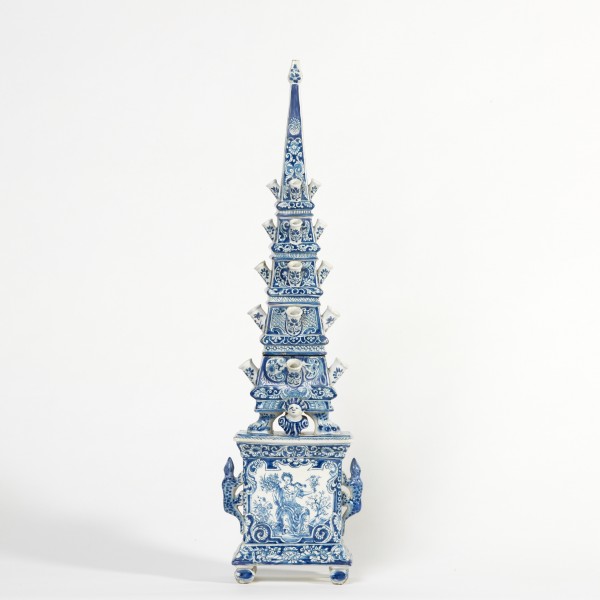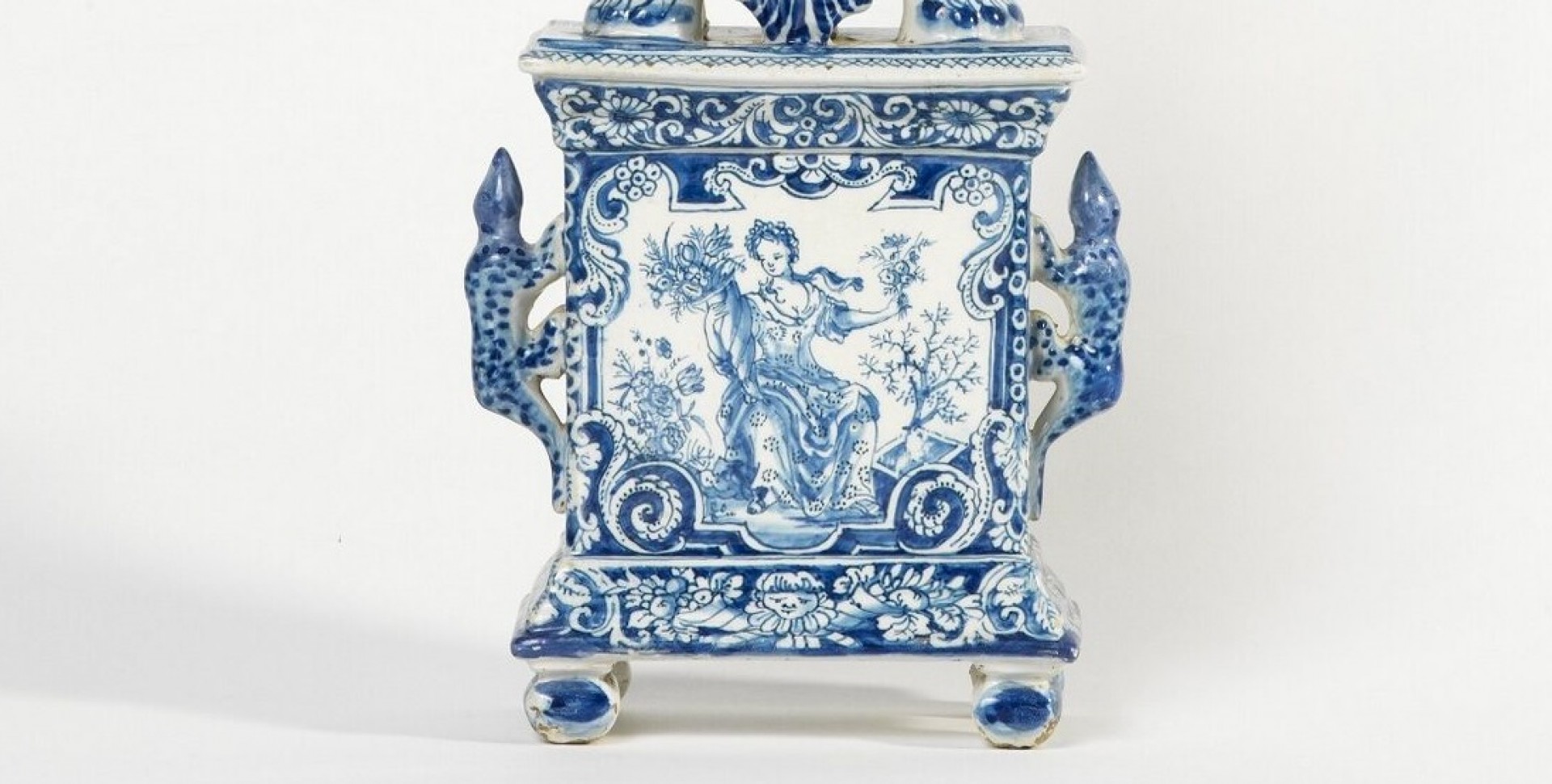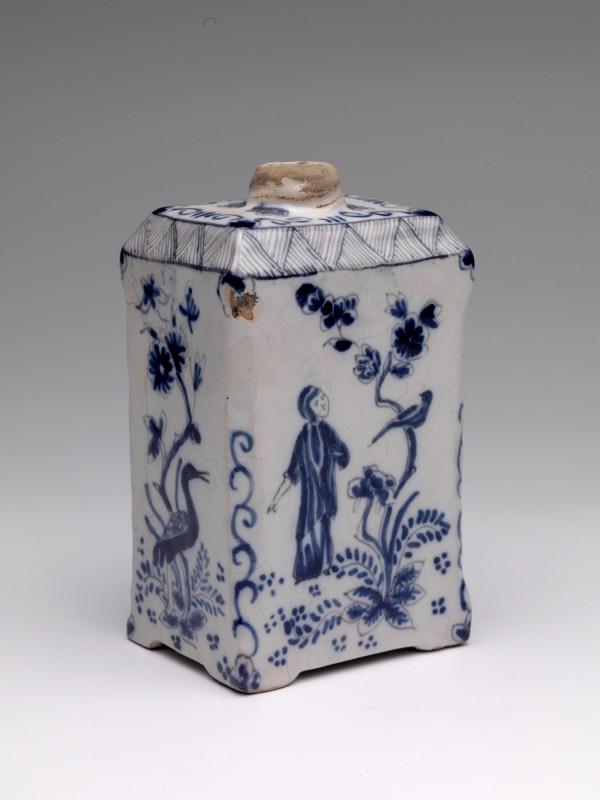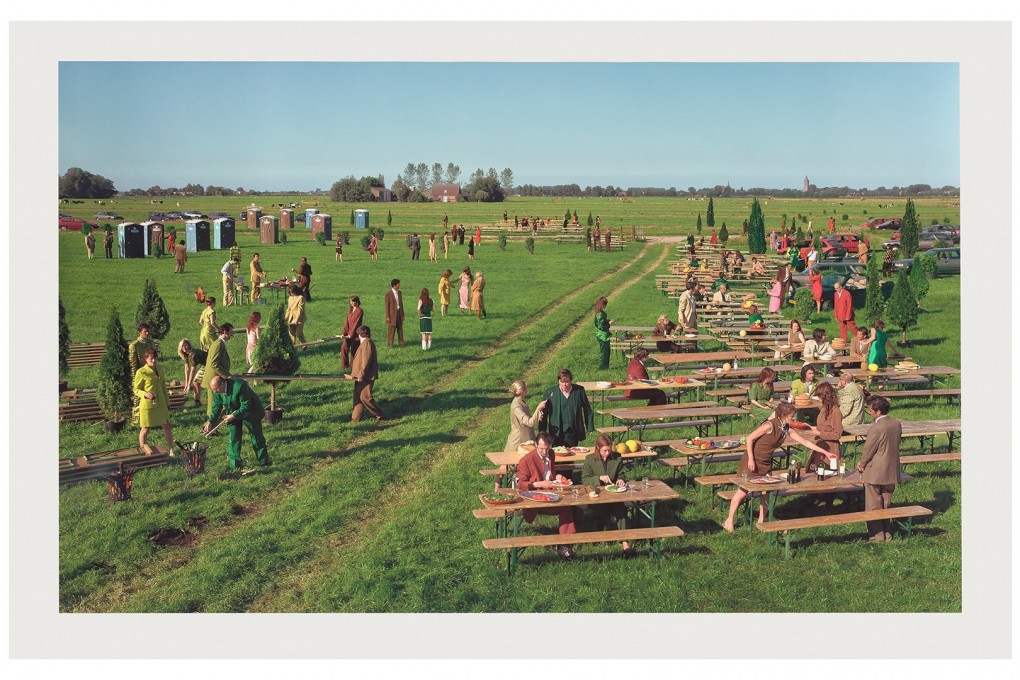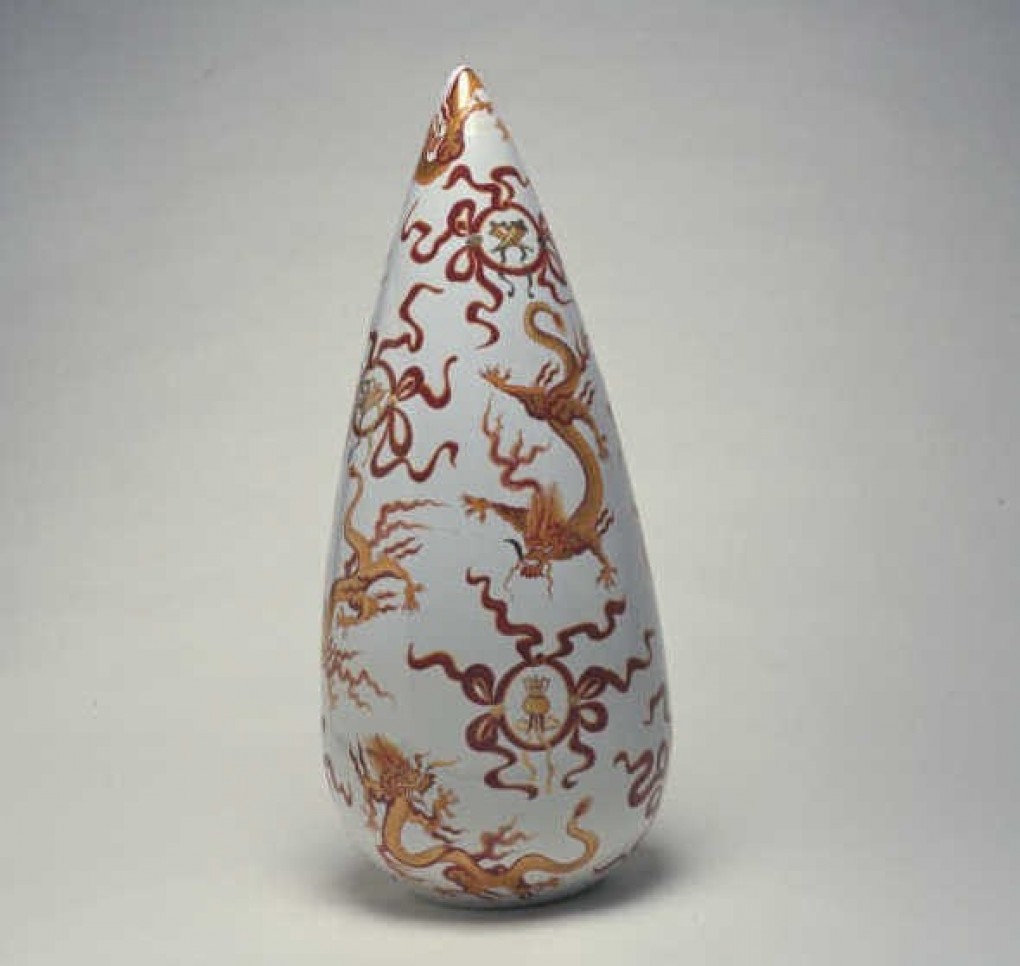Fables?
China closed its borders to all foreigners in the year 878. It was not until the 13th century that Europeans became reacquainted with China through the stories of the Italian explorer Marco Polo (Venice 1254-1324). He told, for example, of Chinese women who had their feet bound so that they would not grow bigger. Such images seemed so unbelievable to his countrymen that his stories were dismissed as fabrications.
On his deathbed Marco Polo was asked if he wanted to confess his lies, to which he answered that he had described less than half of what he had actually seen. In the second half of the 17th century there was a European craze for all things Chinese. The wealthy designed special rooms to display their Chinese porcelain and even dressed in the Chinese style at parties.
Do you want to know more about Marco Polo? Watch the video ‘Marco Polo: Journey to the East’.



